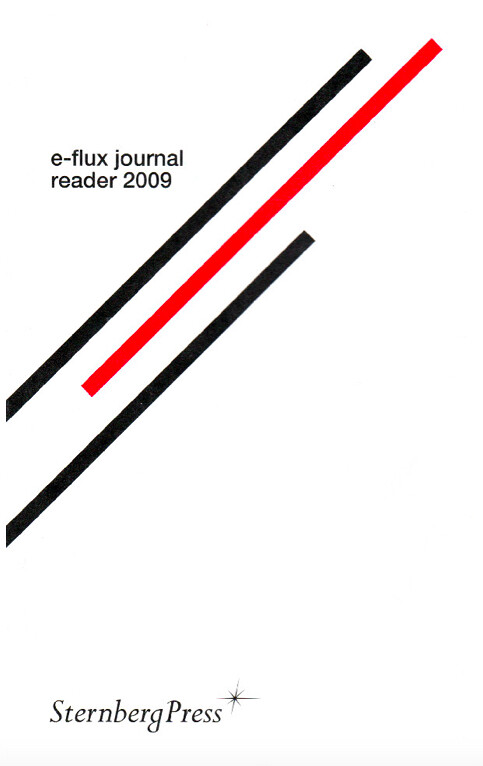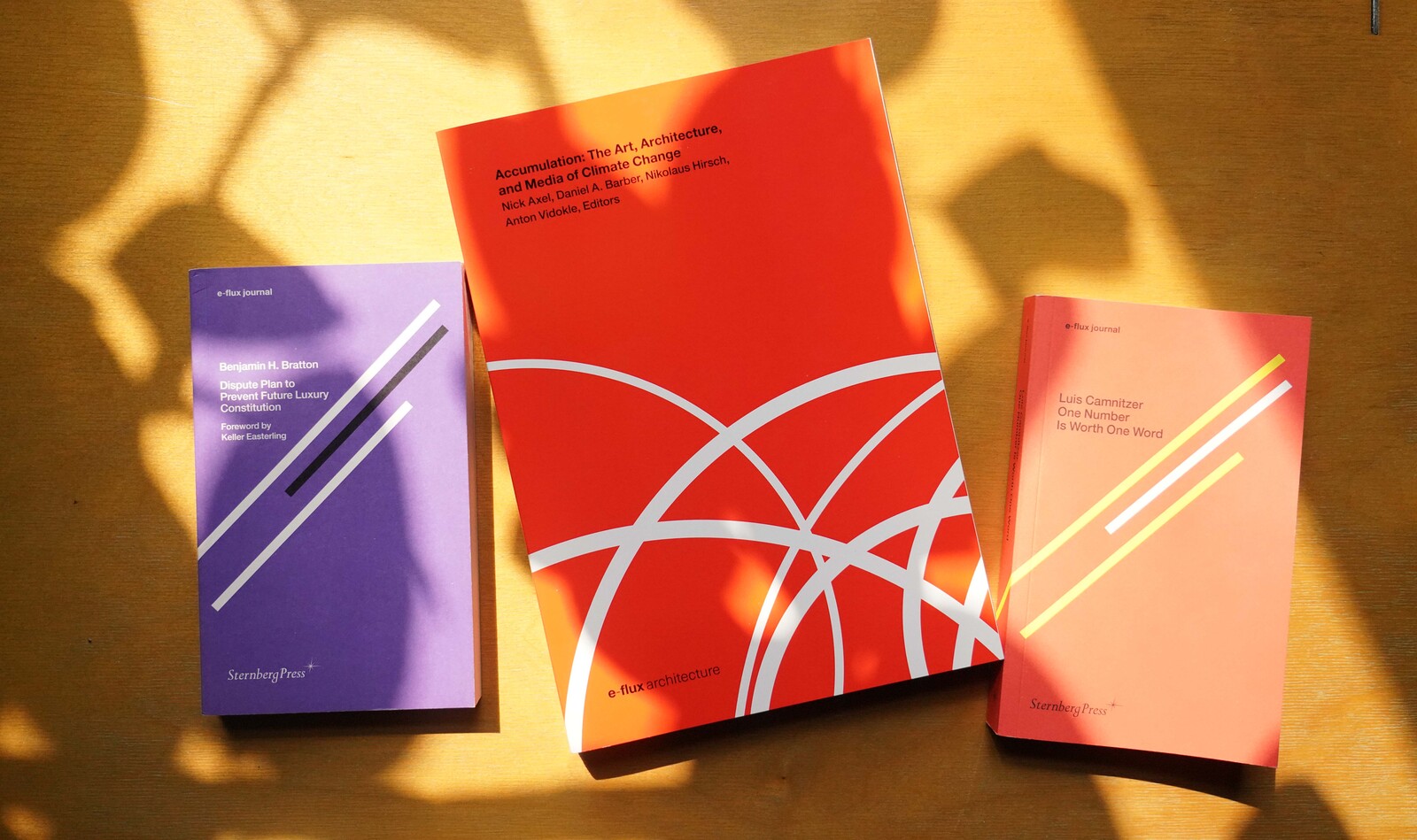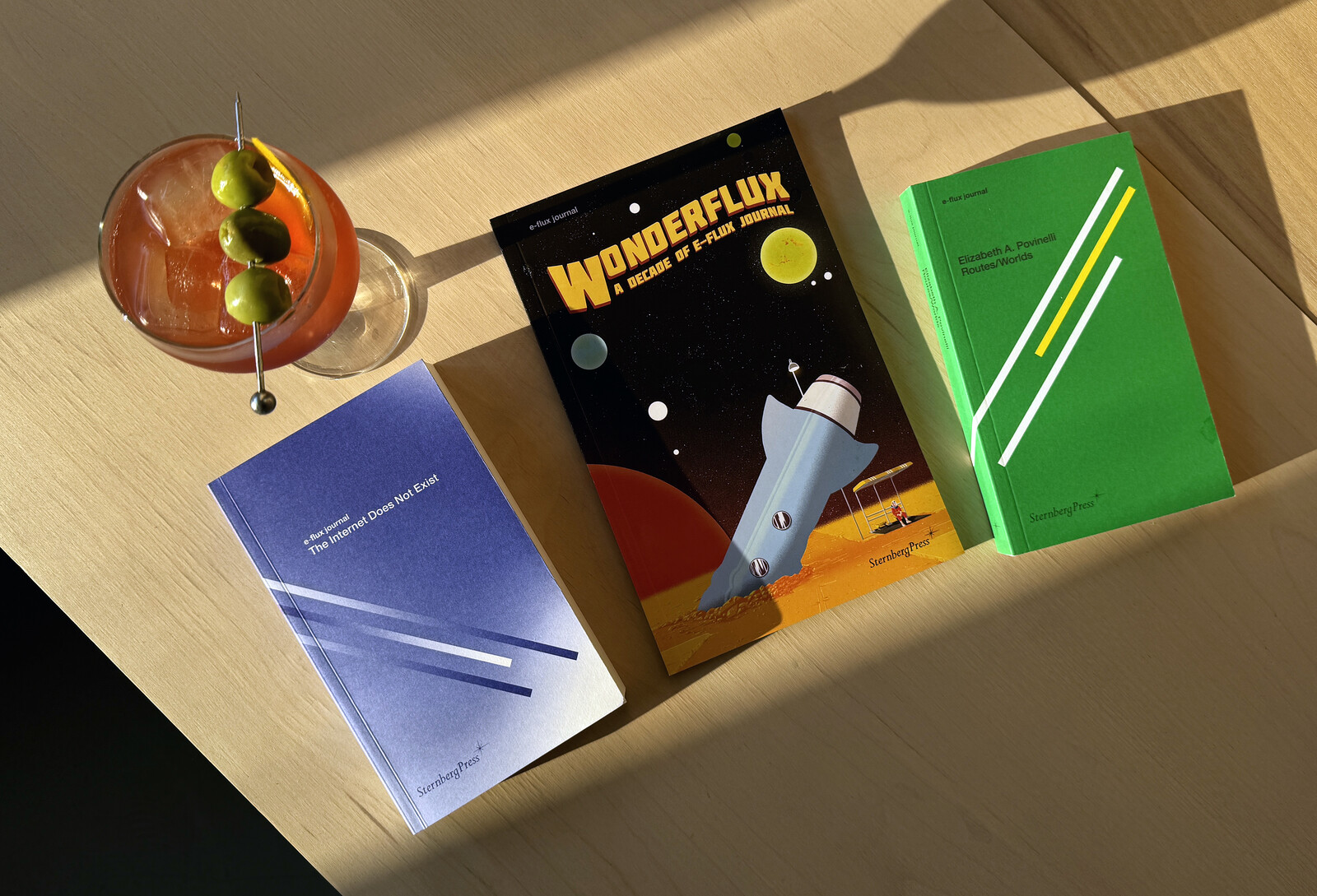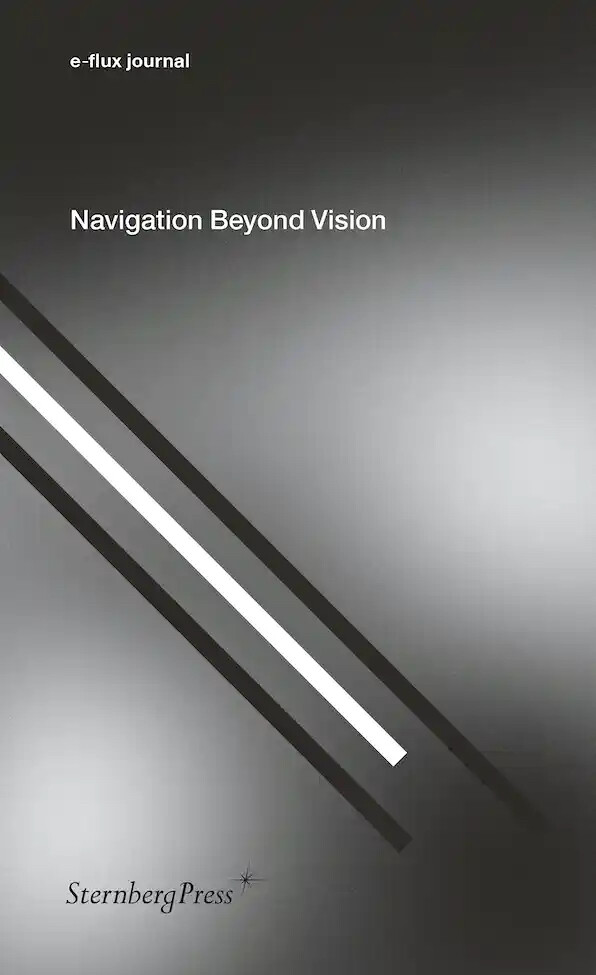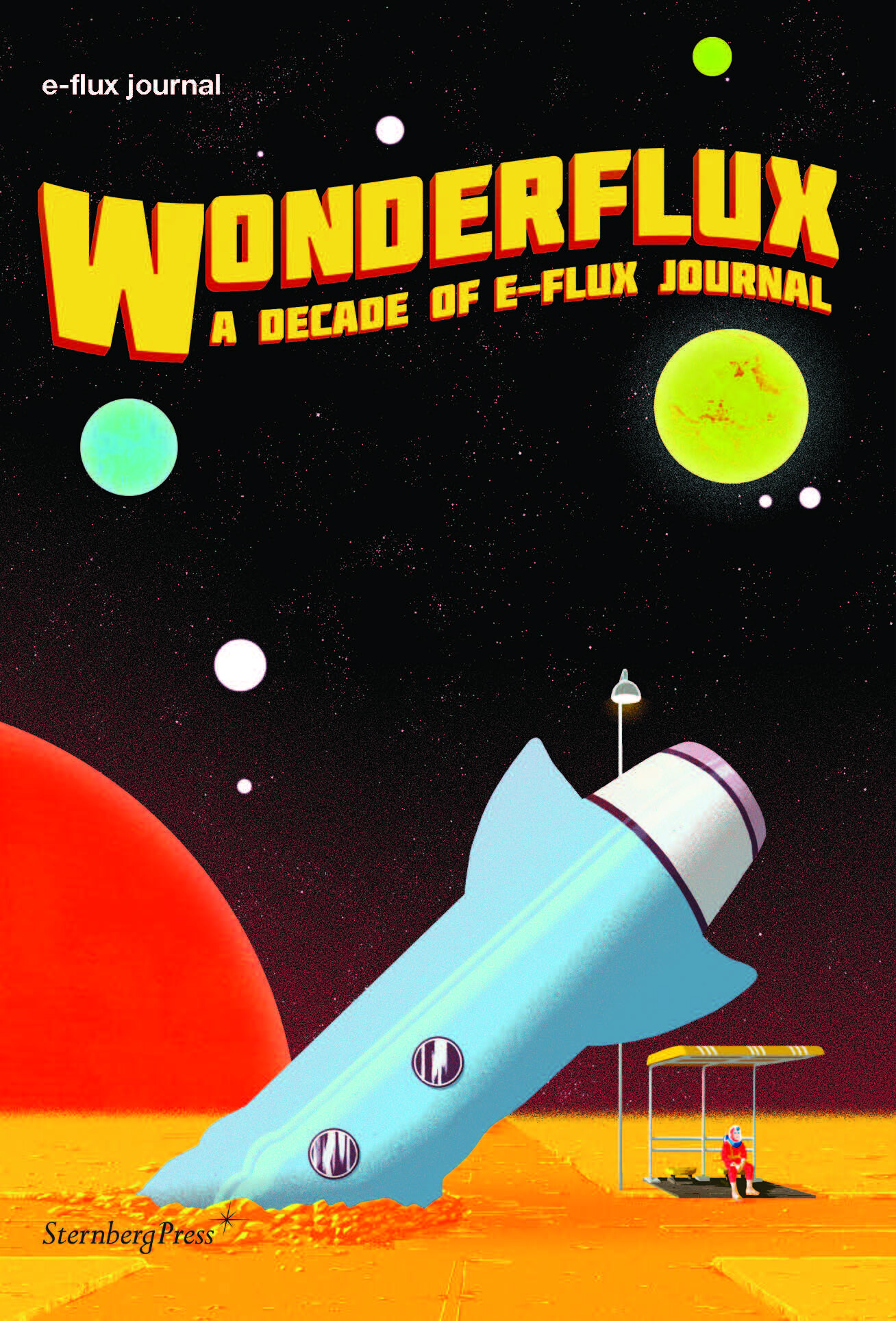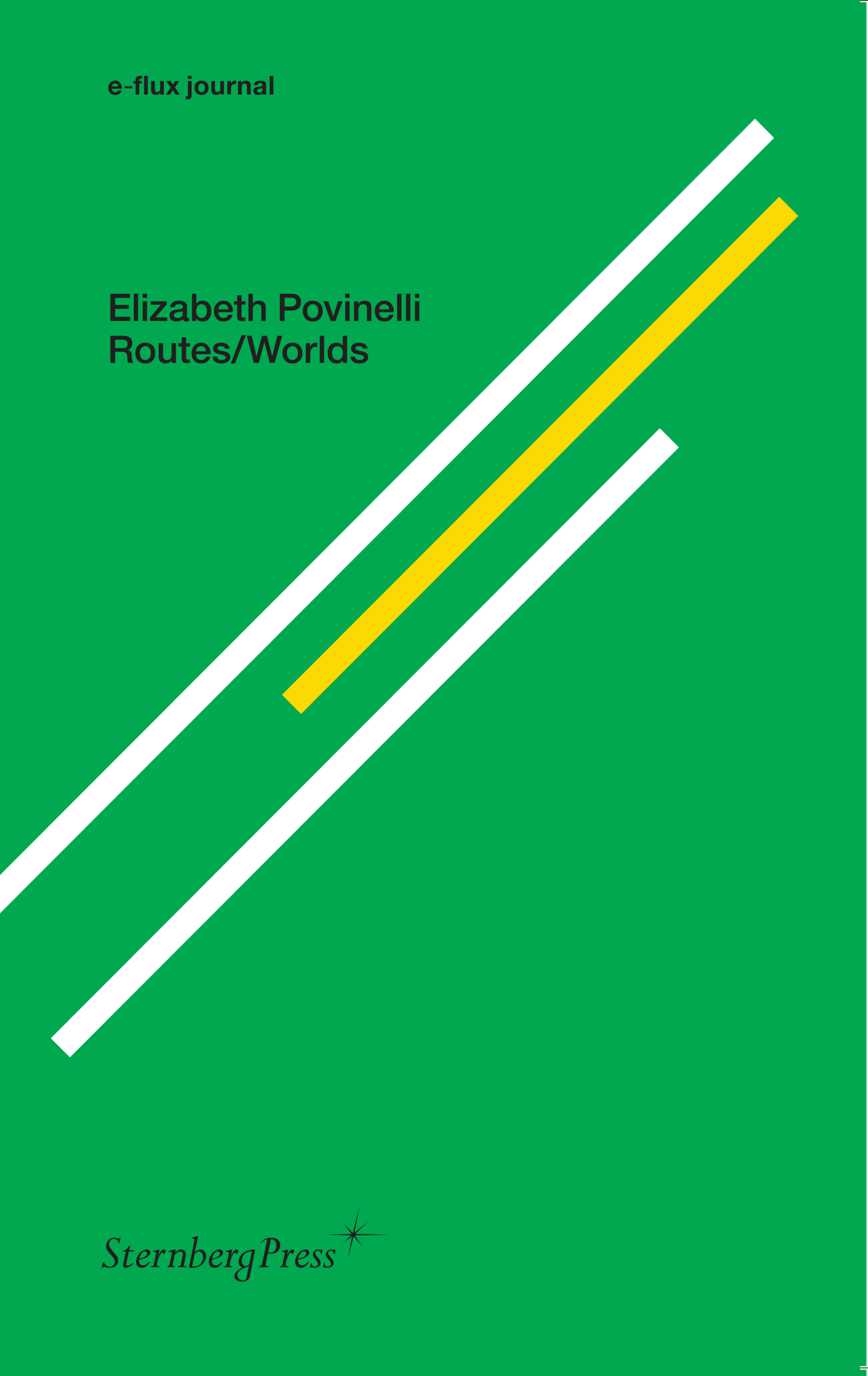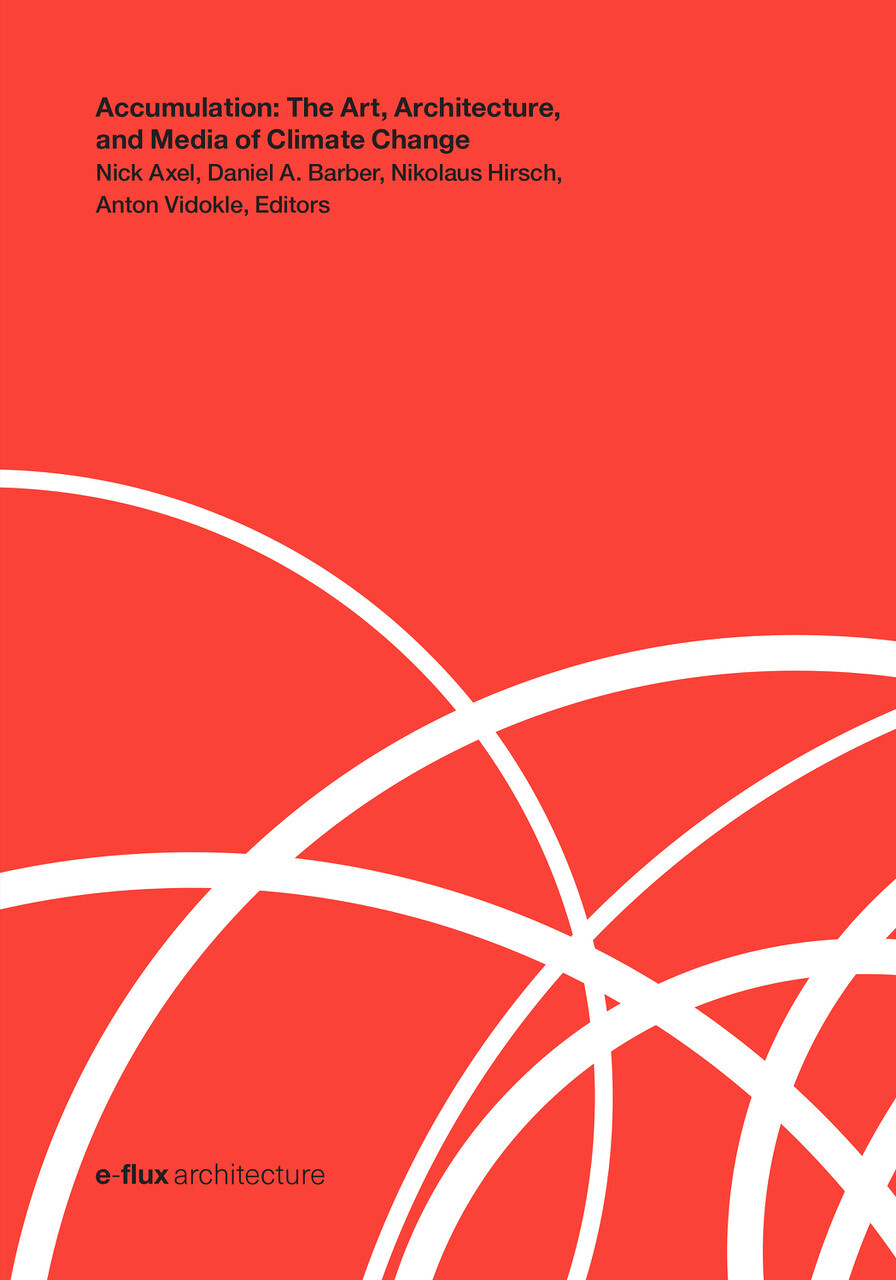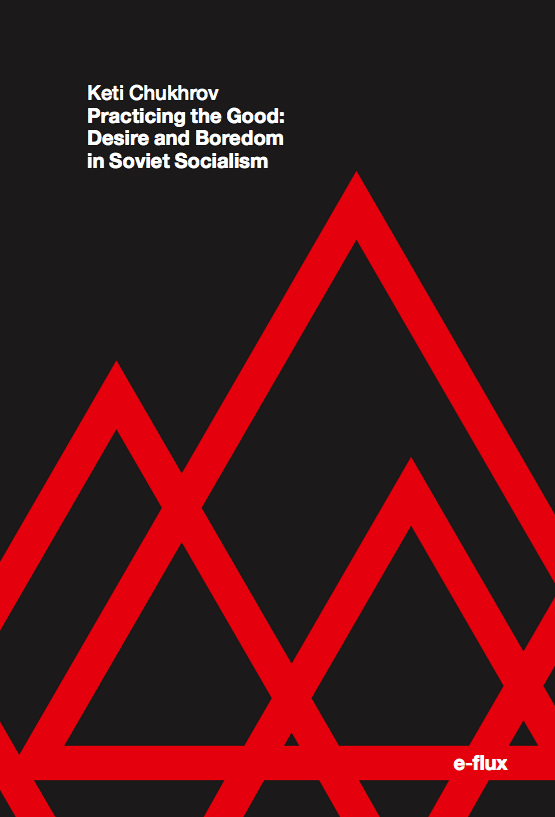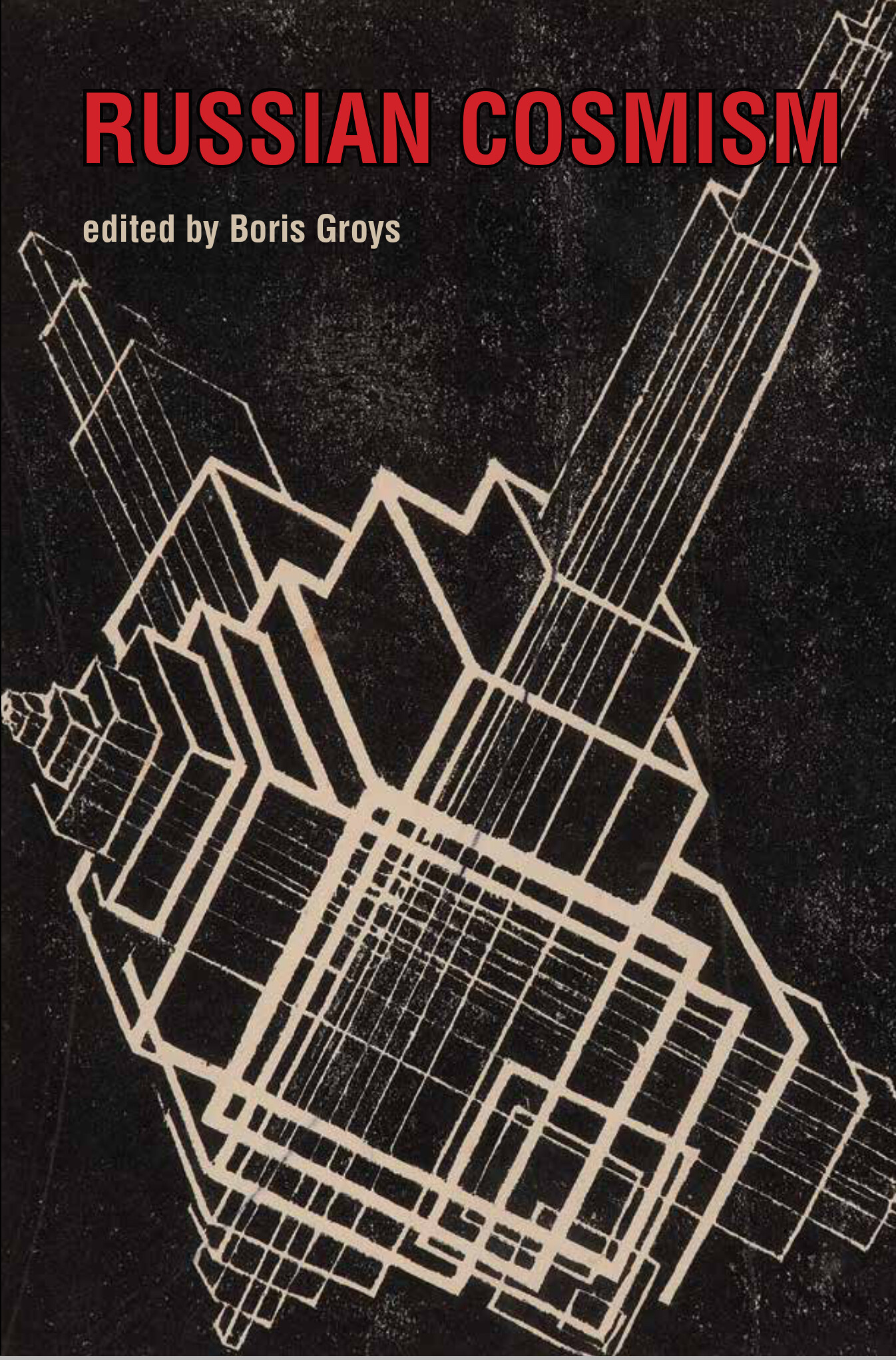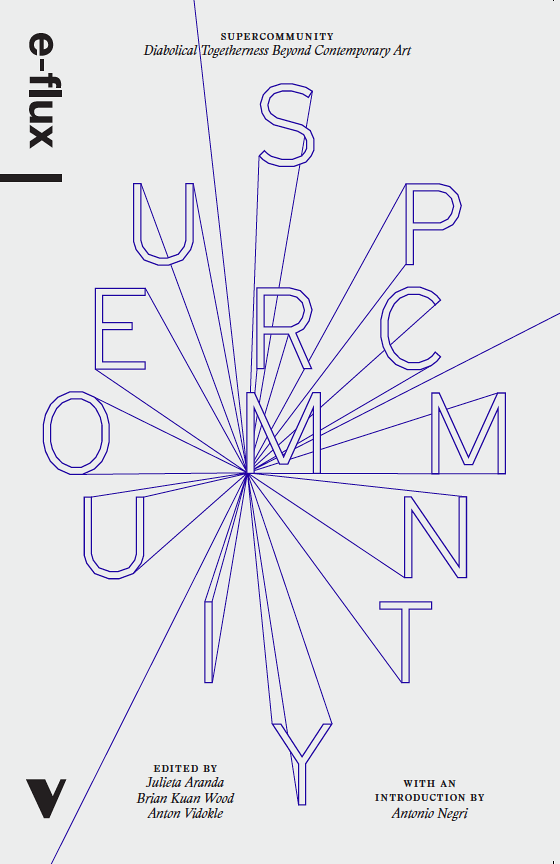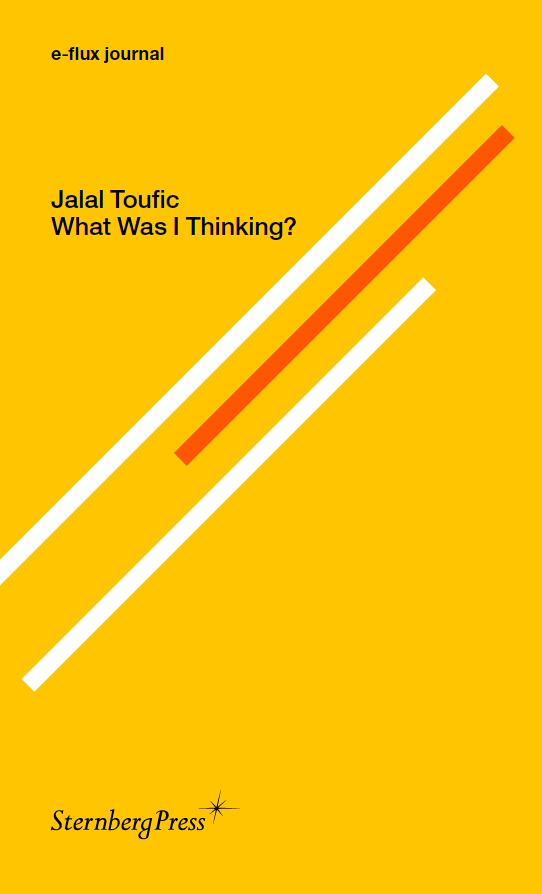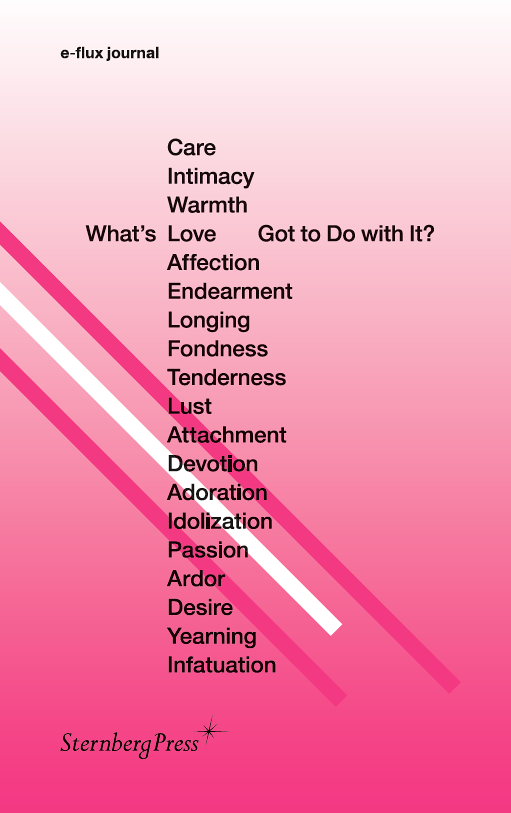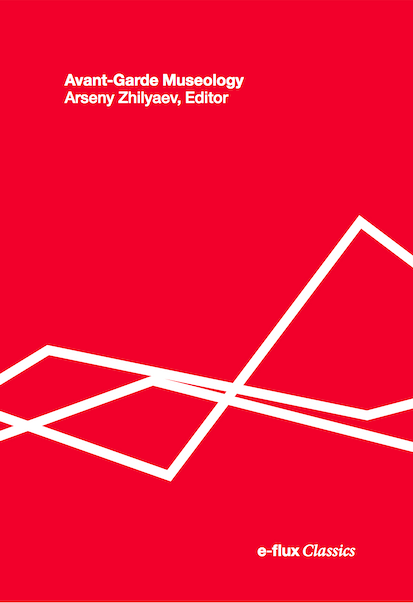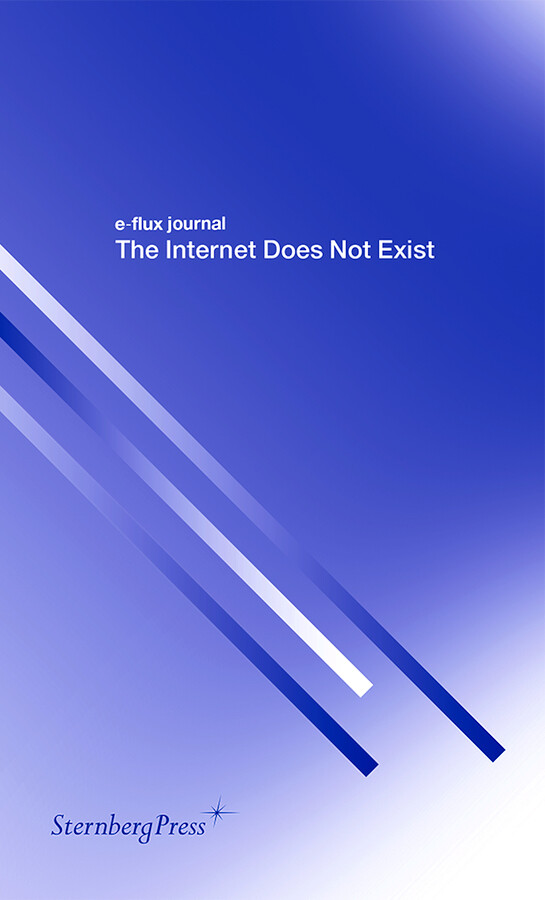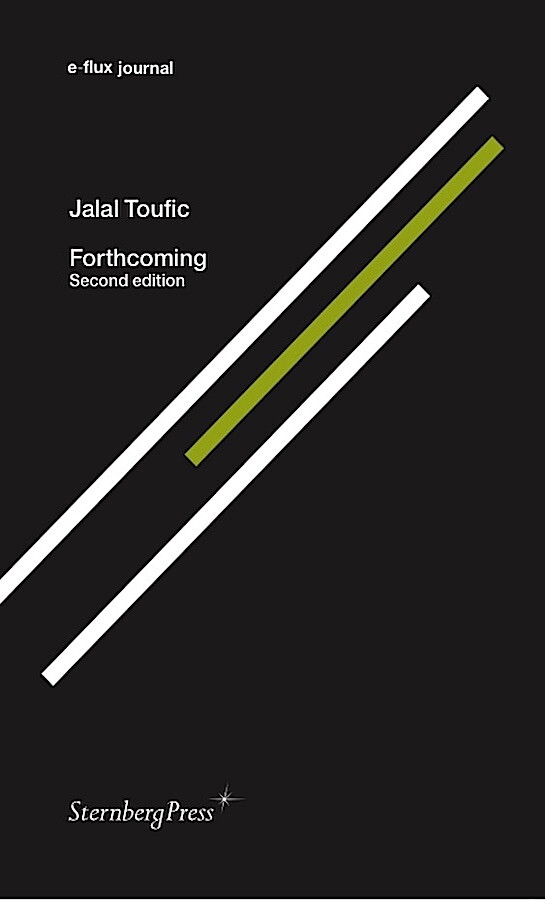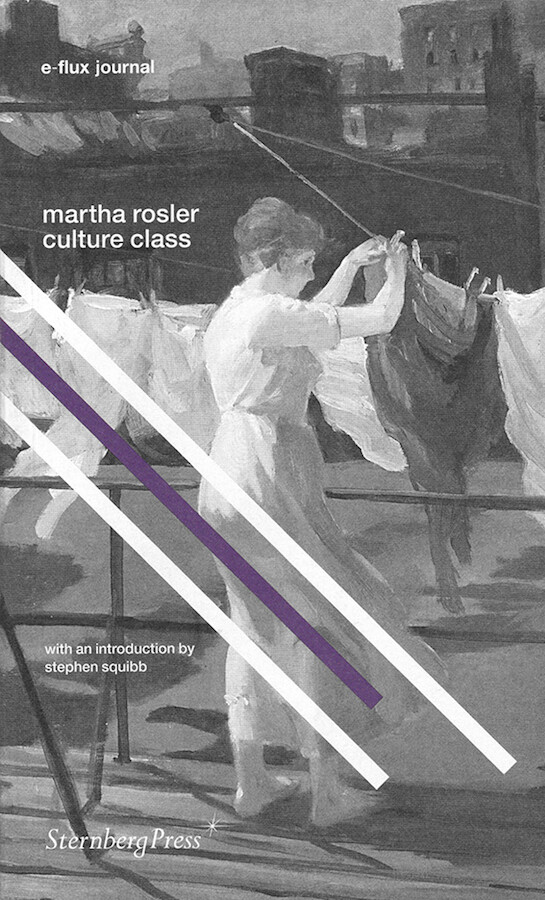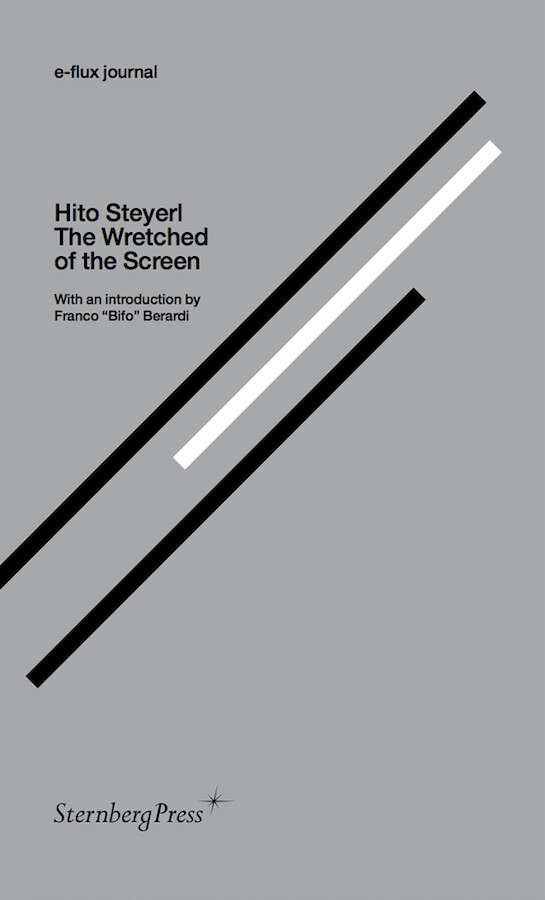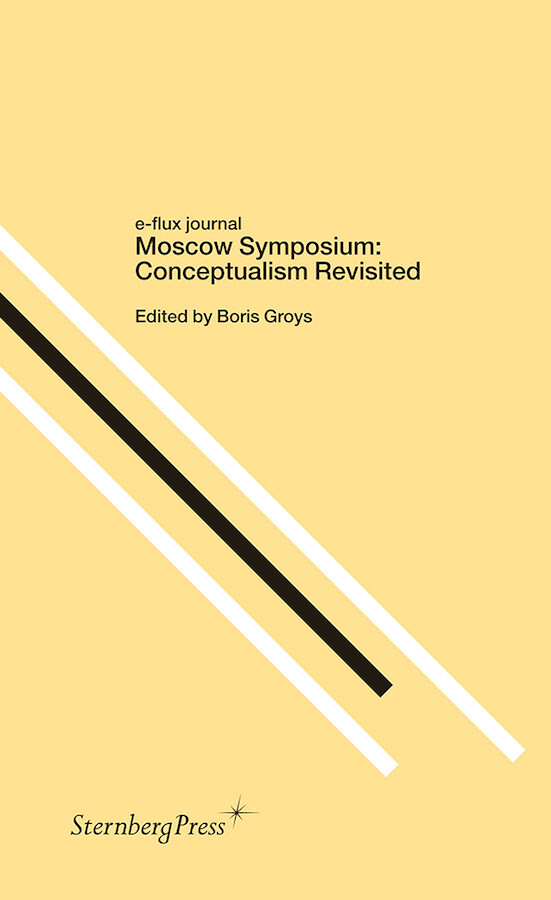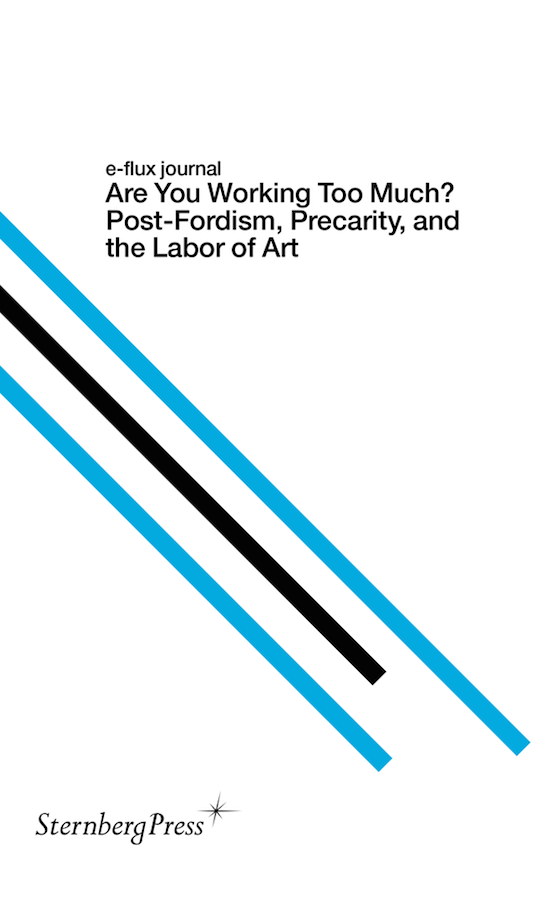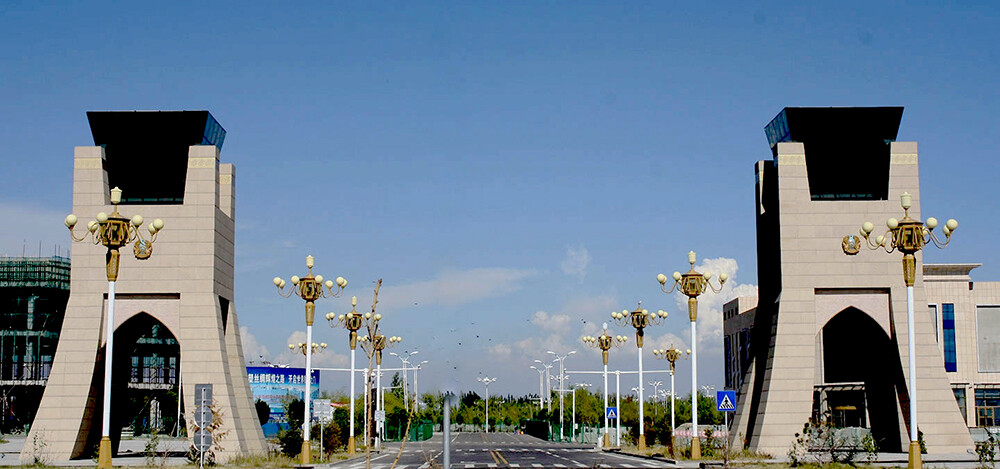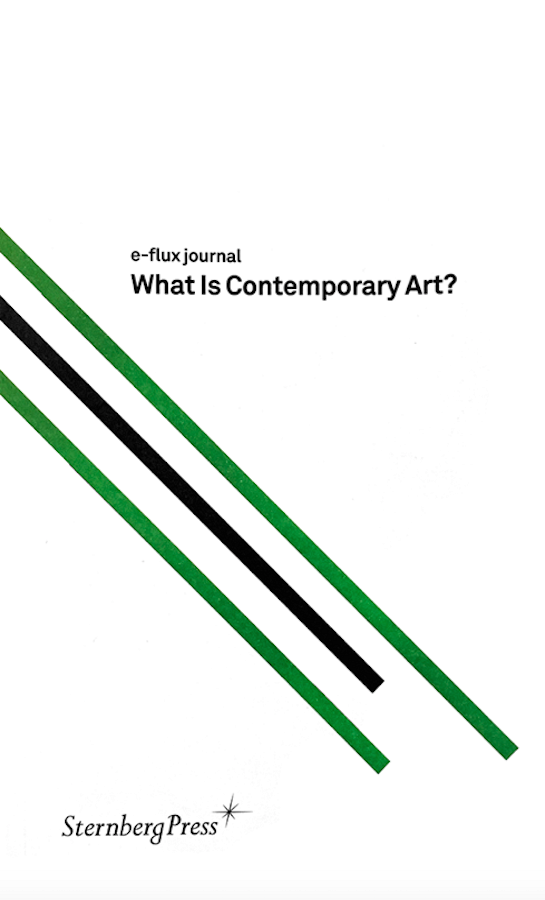$16
October 2009, English
10.8 x 17.8 cm, 232 pages, softcover
ISBN 978-1-933128-81-8
Since Conceptualism, the field of art has become increasingly accustomed to playing host to its own critique, and recent decades have seen institutions engaged in self-critique as if by mandate. Important notions of legibility, autonomy, and critical engagement that were once necessary to carve out a space for a critic or critical art publication have transposed themselves onto artistic production proper, and are now considered to be of equal importance to artist, curator, institution, and engaged audience member alike. This has made the distance that was once the bedrock of criticism increasingly hard to come by, compounded by the fact that those same institutions have been faced with an entirely widened base of audiences and professionals, who now come to the sphere of art from diverse fields and locations, invariably entering and leaving it as they wish.
This climate of disciplinary reconfiguration and geographic dispersal has made the art world a highly complex place—the objective position that once defined the role of a critic has been effectively replaced by a need to understand just how large and varied the whole thing has become. The urgent task has now become to engage the new intellectual territories in a way that can revitalize the critical vocabulary of contemporary art. Perhaps the most productive way of doing this is through a fresh approach to the function of an art journal as something that situates the multitude of what is currently available, and makes that available back to the multitude.
The selection of essays included in this book seeks to highlight an ongoing topical thread that ran throughout the first eight issues of e-flux journal—a sequence of overlapping concerns passed on from one contribution to the next. While it is our hope that the essays included here can begin to give a sense of how varied the concerns and urgencies being engaged today are, we also expect that certain consistencies and overarching issues will emerge through them, and help us shape the forthcoming editions of the journal.
Edited by Julieta Aranda, Anton Vidokle, and Brian Kuan Wood
Contents
Julieta Aranda, Anton Vidokle, Brian Kuan Wood, Editors’ Note
Boris Groys, Politics of Installation
Hito Steyerl, Is a Museum a Factory?
Liam Gillick, Maybe it would be better if we worked in groups of three? Part Two:The Experimental Factory
Monika Szewczyk, Art of Conversation, Part Two
Luis Camnitzer, Art and Literacy
Raqs Media Collective, Stammer, Mumble, Sweat, Scrawl, and Tic
Sean Snyder, Disobedience in Byelorussia: Self-Interrogation on “Research-Based Art”
Tom Holert, Art in the Knowledge-Based Polis
Irit Rogoff, Turning
Dieter Roelstraete, The Way of the Shovel: On the Archeological Imaginary in Art
Marion von Osten, Architecture Without Architects—Another Anarchist Approach
Gean Moreno and Ernesto Oroza, Learning from Little Haiti
Also: Michael Baers in Rotterdam
